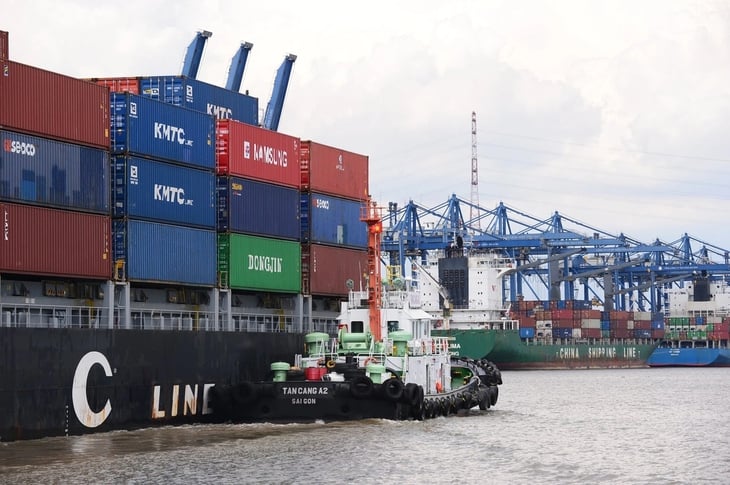
Cargo ship docks at a seaport in Ho Chi Minh City - Photo: QUANG DINH
On June 12, the National Assembly officially passed a resolution on the arrangement of provincial-level administrative units, according to which the country will have 34 provinces and cities. Of these, 21 are expected to be coastal localities (increasing the proportion from 44% to nearly 62%).
This arrangement not only aims to streamline the apparatus, but also expands the sea access space for localities, creating favorable conditions to promote service economic sectors, especially tourism and logistics.
Launch pad for service economy
Sharing with Tuoi Tre Online , Mr. Dang Vu Thanh - General Director of Southern Logistics Joint Stock Company (Sotrans) - said that Vietnam has a solid foundation to pursue a "soft" economic model, especially in terms of natural and geopolitical advantages.
Promoting the development of the service economy, especially tourism and the marine economy, is expected to be the direction that helps Vietnam gain an increasingly important position in the region. This is the core of the "soft" economic model, in line with domestic resources as well as global trends.
It is strategically located on trade routes between the Pacific and Indian Oceans; more than 3,200km of coastline, favorable for developing seaport and logistics systems; rich tourism resources; a young, dynamic workforce that quickly adapts to digital trade models.
"These create the foundation for forming service centers capable of serving the Mekong sub-region and further towards the global value chain," said Mr. Dang Vu Thanh.
Sharing the same perspective, Dr. Jonathan Pincus - Director of the Fulbright School of Public Policy and Management (FSPPM) - also emphasized the important role of the tourism industry in the new economic structure. This is a field that creates jobs and foreign currency revenue.
However, according to him, Vietnam needs to focus on attracting high-end tourists, which bring in higher and more sustainable revenue than low-cost tourism.
"The important thing is how to get high-spending tourists to come back again and again. Air quality in big cities needs to be improved if we want to attract more tourists. Waste management and urban hygiene also need more attention" - Dr. Jonathan Pincus shared.
Facing the ocean along the East-West axis
Besides tourism, another important pillar of the "soft" economic model is logistics. This requires a change in approach to spatial development, especially along the East-West axis.
Experts believe that Vietnam should shift its spatial development along the East-West axis with coastal cities as the core, instead of focusing only on the traditional North-South axis. In particular, the construction of logistics centers in coastal cities such as Ho Chi Minh City or other major ports will be the driving force for the country to affirm its position in the region.
Mr. Thanh compared that if the North-South axis represents domestic connectivity, the East-West axis carries Vietnam's aspiration to reach out to the region and the world.
This approach opens up a new direction of development, not only connecting domestic regions but also expanding cross-border economic corridors, connecting Vietnam with Laos, Cambodia, Thailand and further to economic centers of the Asia-Pacific region.
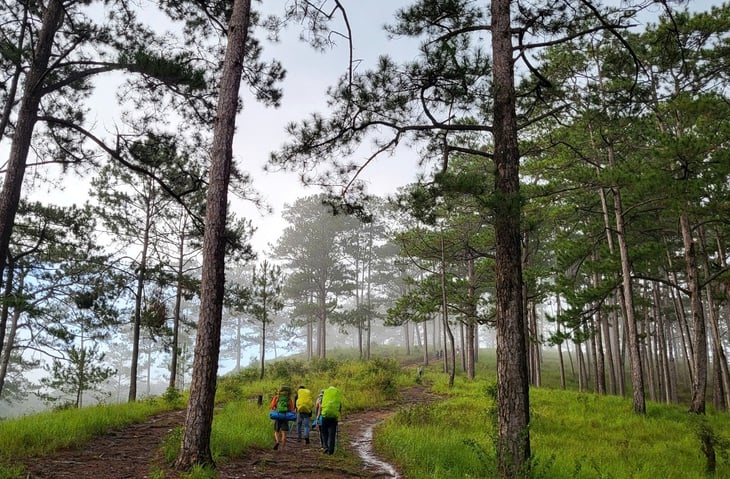
Tourists walking in Bidoup Nui Ba National Park - Photo: HONG PHUC
However, according to Mr. Thanh, during the nearly 20 years of operation, the East-West Economic Corridor (EWEC) has not achieved the desired results.
In addition to the main reasons such as the lack of synchronization of transport infrastructure between countries, the inconsistent legal corridor for customs clearance activities, etc., one of the issues that needs to be considered is the connection of the region's cargo flow with the Indo-Pacific Corridor (IPEC).
Because if we consider EWEC alone, the end point of the corridor, the Central region of Vietnam should only be considered as a gathering point to start a new journey, the final destination of which must be the two ends of the IPEC Economic Corridor. Therefore, focusing on developing coastal logistics centers such as Ho Chi Minh City, Vung Tau, Quy Nhon, Da Nang, or Hai Phong... is a reasonable step.
Ho Chi Minh City alone, with its seaport system such as Cat Lai, Hiep Phuoc, and inter-regional industrial - logistics network, has long played a central role.
Continued investment in upgrading infrastructure, enhancing inter-regional connectivity and modernizing services will help Ho Chi Minh City continue to play the role of a "golden link" in the new East-West axis.
At the same time, Vietnam needs to invest synchronously in transport infrastructure connecting ports - inland - border, develop high-tech logistics zones, simplify customs procedures, as well as standardize and develop human resources.
"The key to both tourism and marine economic activities is infrastructure. Increased coordination between provinces would be helpful and provincial mergers could help improve planning and more effective implementation of public investment," said Dr. Jonathan Pincus.
Source: https://tuoitre.vn/62-tinh-thanh-co-bien-thuc-day-phat-trien-kinh-te-theo-truc-dong-tay-20250613115123416.htm












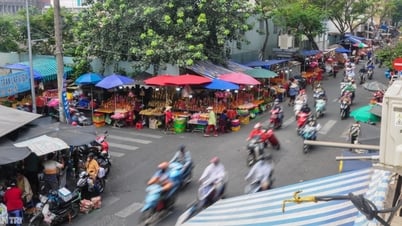
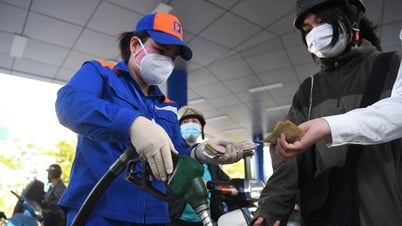
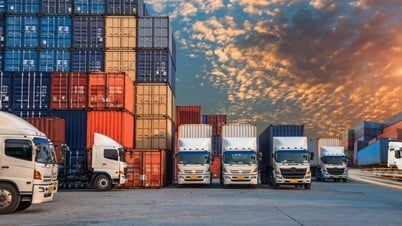









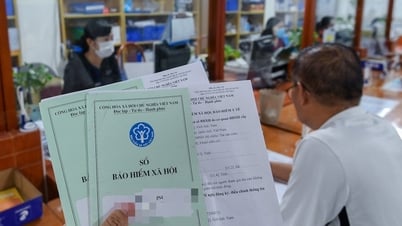















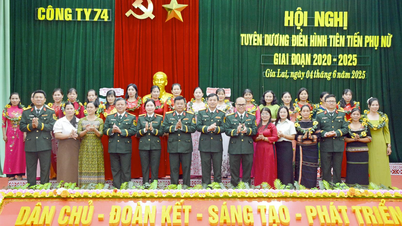







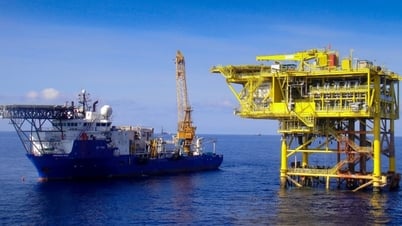
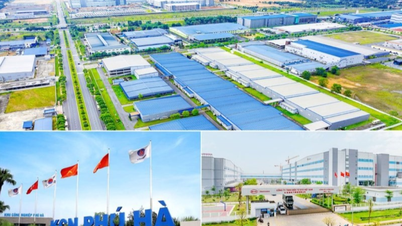


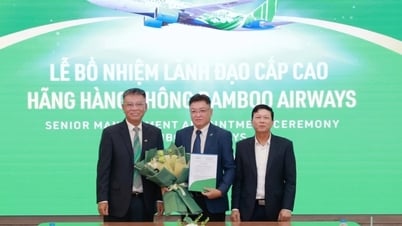






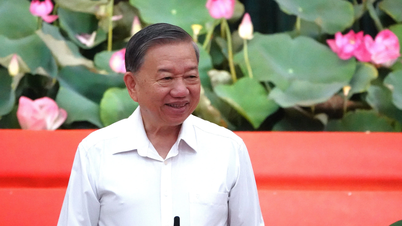





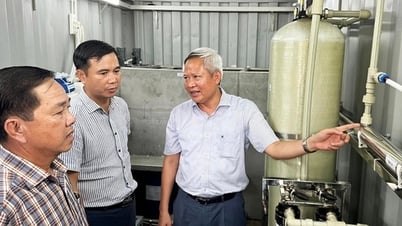





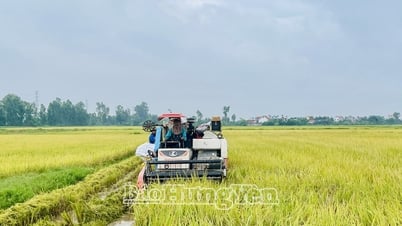



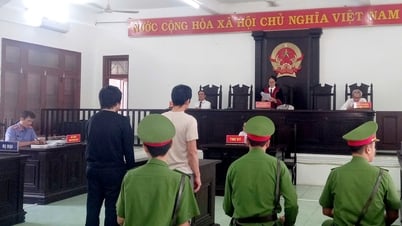


















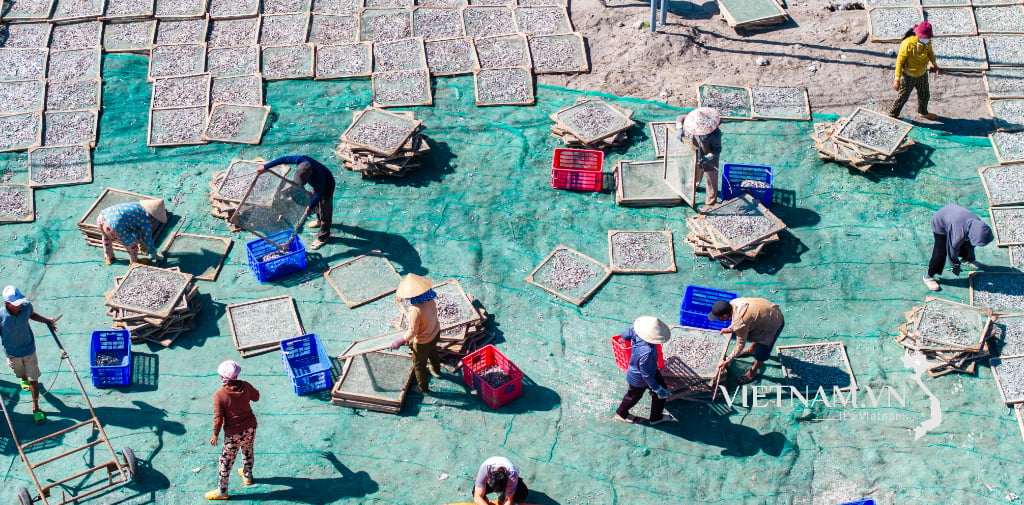
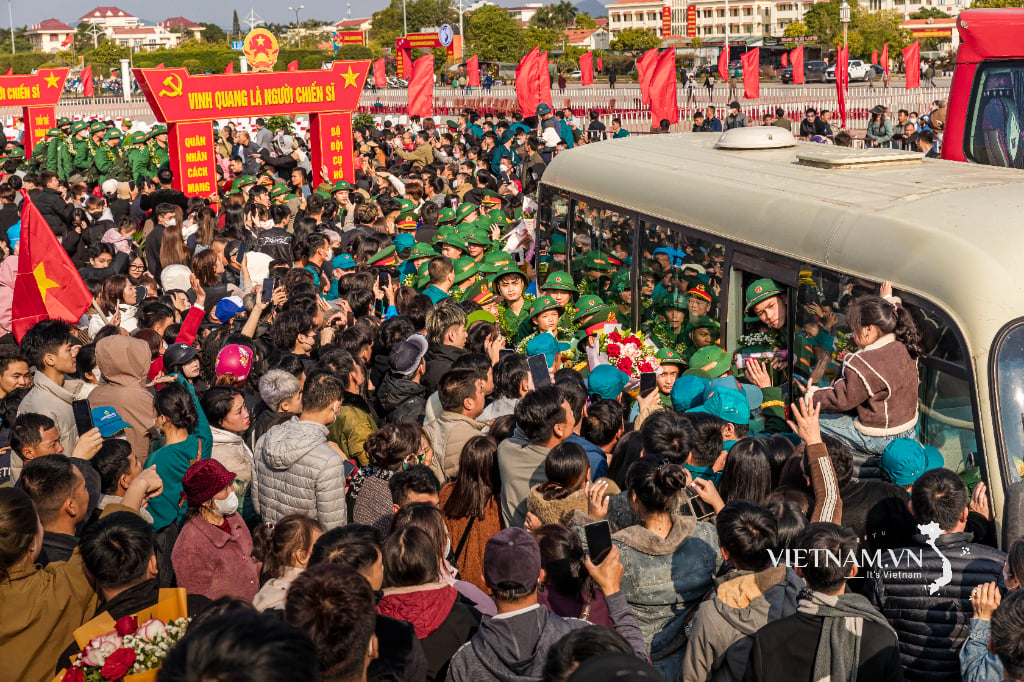
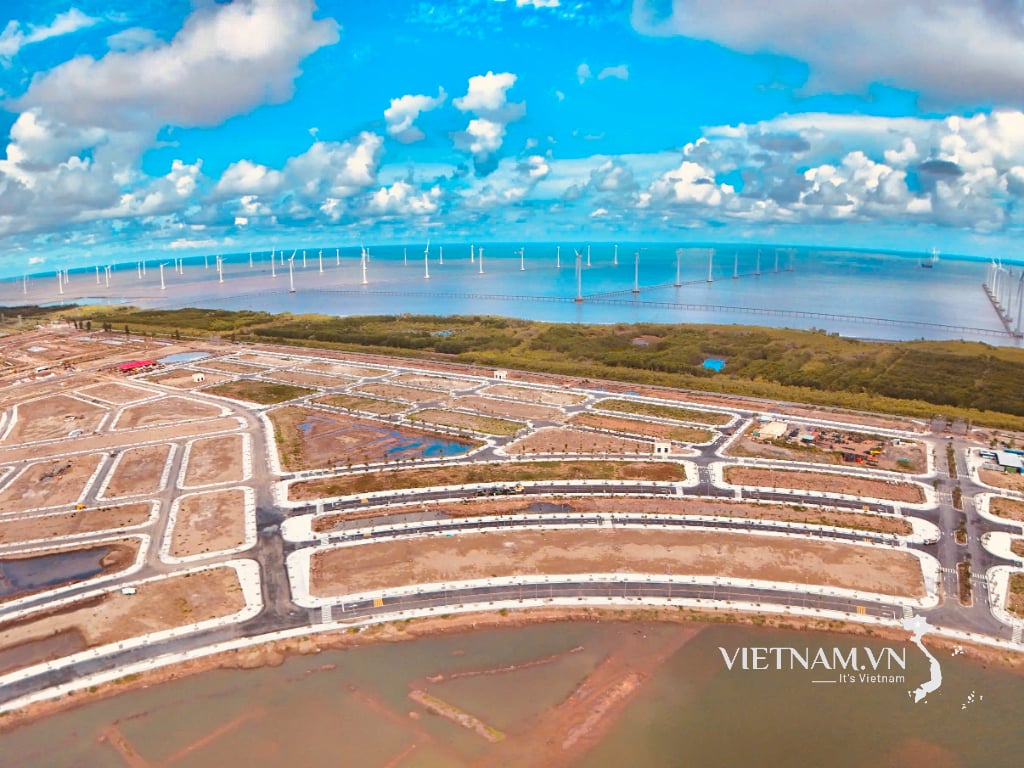

Comment (0)